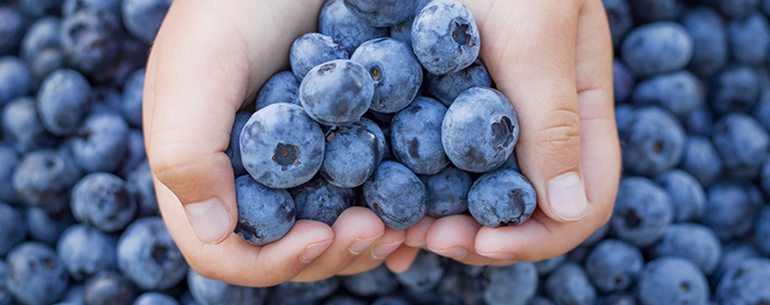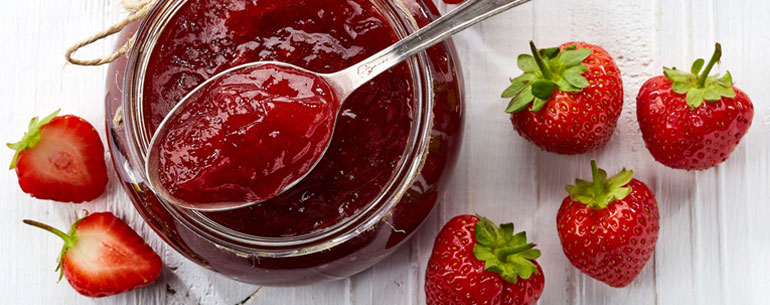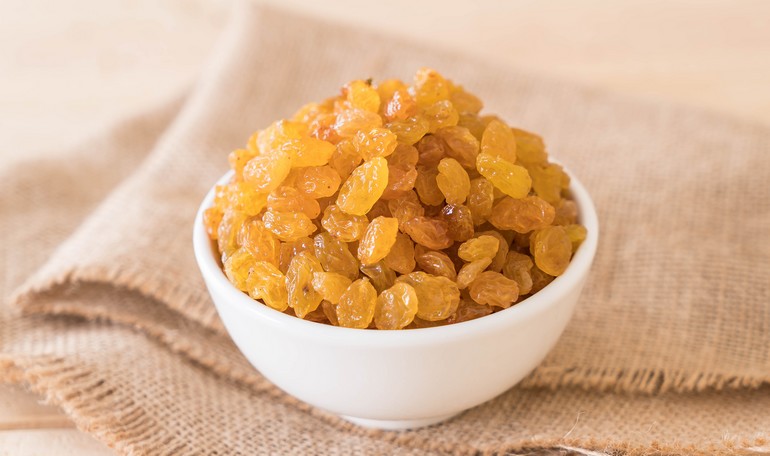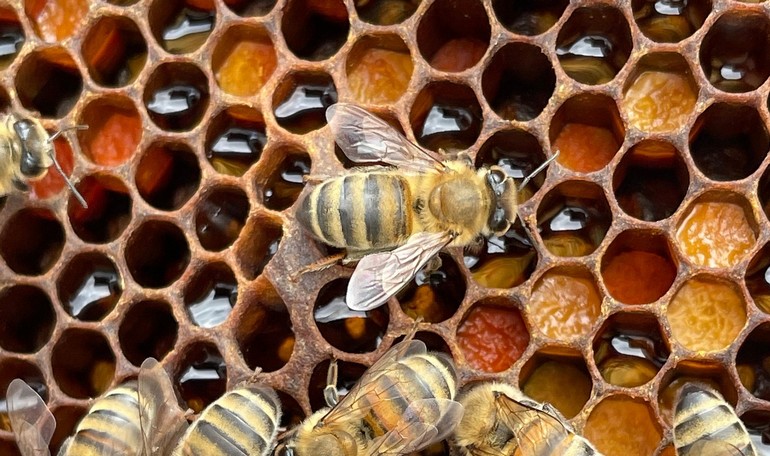The word from the nutritionist
Clementine: cloves of pleasure
November is coming bringing with him the wind, the rains, the cold and the first diseases…but don't worry…the nature gives you a small fruit able to colour your table and to give you the good charge of vitamins to face the days.
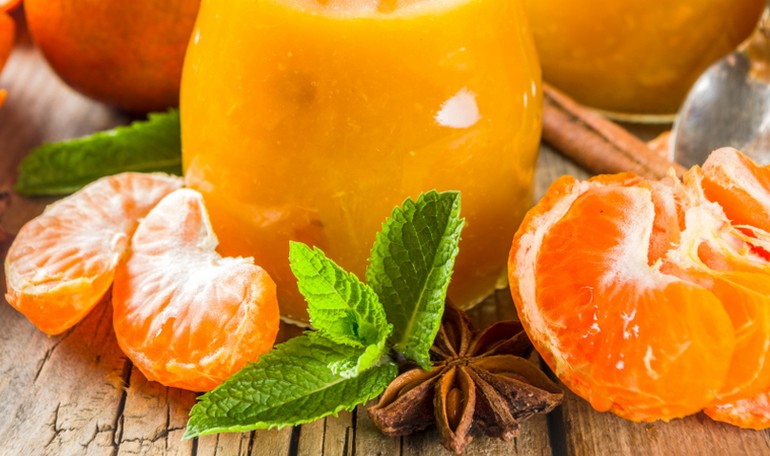
The clementine come from a cross between the tangerine and bitter orange tree. Its tree is similar to the tangerine one, but the leaves are bigger, ovals and with glossy green colour. As all citrus its flowers are very perfumed, but the flourish and fructify is slowly and irregular because it is very susceptible to the jumps in temperature. The fruits are picked up between November and January and their pulp not contain seeds.
This fruit is mainly eaten as fresh fruit and it contain a high quantity of vitamin C, useful for your immune system. Often it is preferred to the orange because it is less acid and easier to peel. Its pulp is also used to prepare juices, jam, sorbetti and syrup; instead its rind is used for the production of liquors.
The cosmetic sector use this fruit to create revitalizing lotions and beauty masks against the skin aging. In addition the clementine contain high quantity of bromine that favours the absorption of the melatonin, the relaxing of the muscles and the mind.
Published 21 October 2019

